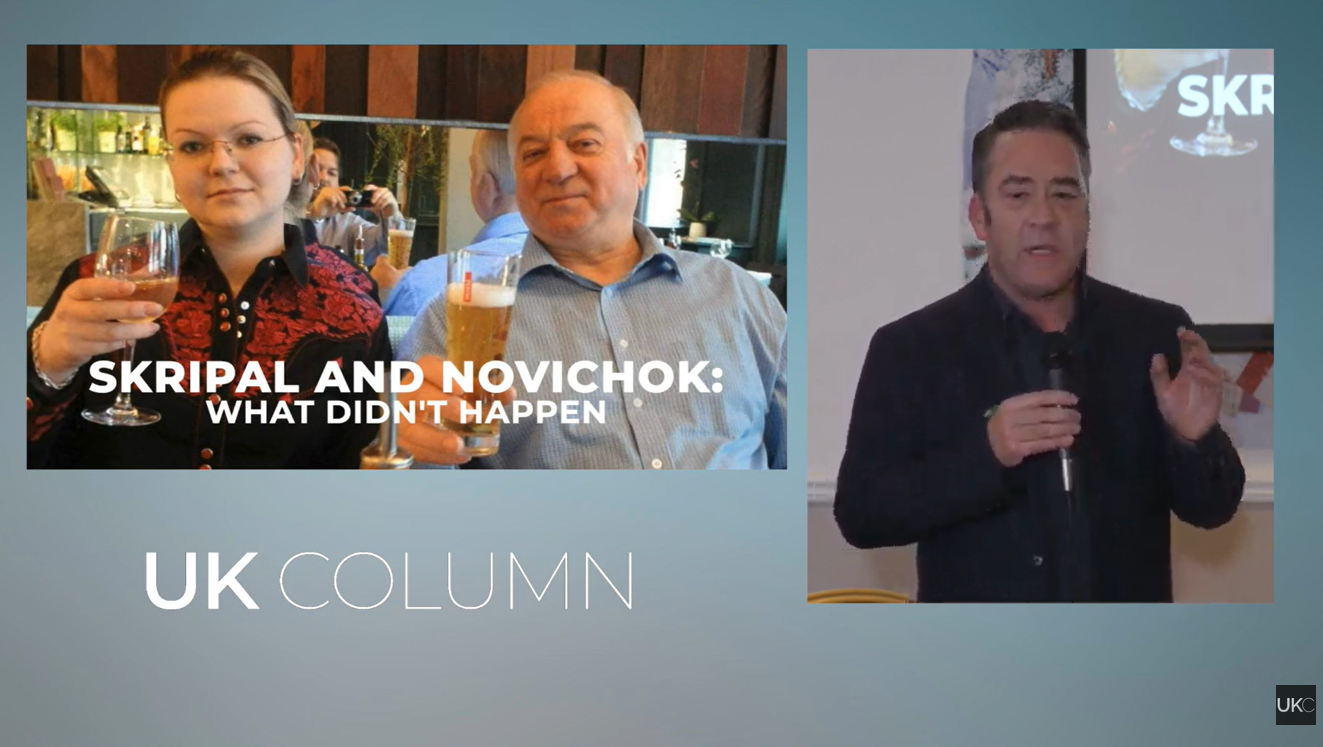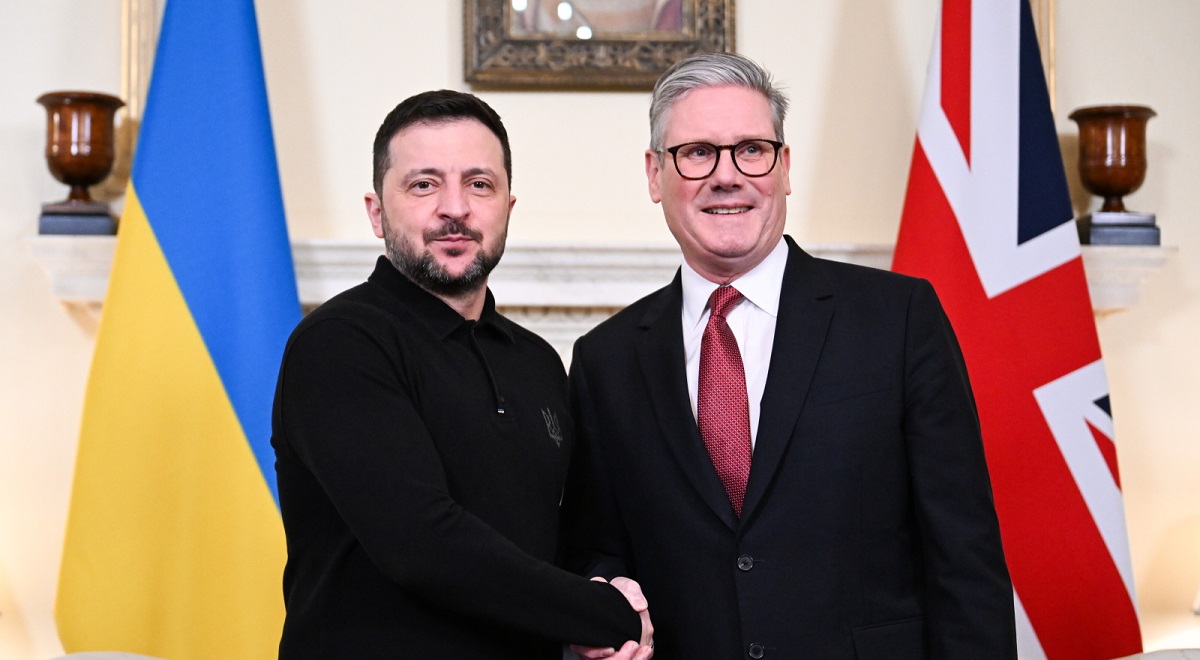How the Establishment Works Part 2
This article will feature senior judges I have blogged about before, and explain how I expect the Assange case will be finally stitched up for extradition. You may recall that my article analysing the dismissal of Assange’s High Court Appeal by Judge Lewis and Judge Swift – the former government lawyer who had said the […] The post How the Establishment Works Part 2 appeared first on Craig Murray.

This article will feature senior judges I have blogged about before, and explain how I expect the Assange case will be finally stitched up for extradition.
You may recall that my article analysing the dismissal of Assange’s High Court Appeal by Judge Lewis and Judge Swift – the former government lawyer who had said the intelligence services were his favourite clients – concentrated heavily on an analysis of the fact that Swift had also dismissed appeals against the government’s policy of deporting asylum claimants to Rwanda.
I am quite proud of that whole article, but the central point on Rwanda was this:
Swift and Lewis argue further, at paras 81 to 84, that in UK domestic law, the Home Secretary’s certification of Rwanda as a safe country is “irrebuttable” – ie there is no legal avenue to question its truth, and nor does it require parliamentary approval. The “safety” of Rwanda is a fact in law simply because Braverman certifies that it is.
Having stated that under Tory immigration legislation the Home Secretary can certify anywhere she feels like as safe, irrespective of objective truth (provide certain procedural steps are taken) Swift and Lewis then go on to the non-sequitur on which their judgment depends, that because a country has been certified “safe” for the purposes of UK domestic law, that makes it actually eligible for receipt of UK deportees in terms of the UN Refugee Convention.
Well, I am happy to say that the Swift/Lewis judgment on Rwanda has been overturned on appeal, precisely on the question of the need for the court to decide whether in the real world – as opposed to in an official document or in Suella Braverman’s head – Rwanda is actually a safe place for asylum seekers to be sent.
On the grounds that Rwanda is not safe, by a two to one decision Lord Underhill and Master of the Rolls Sir Geoffrey Vos ruled that the deportation policy is not lawful, against dissent from Lord Chief Justice Burnett.
Sir Geoffrez Vos, Master of the Rolls, said this:
90. The SSHD [Home Secretary] submitted to us, in effect, that, in the light
of the detailed guarantees and assurances in the MEDP and the longstanding relationship with Rwanda and its financial and other incentives to perform on its obligations, what happened in the past was of limited, if any, real significance. This was a key submission, because the
UNHCR’s evidence was all directed to what had happened in the past and what was
happening at the current time. The SSHD said that a predictive evaluation was needed,
and that in such an exercise, it was not significant that things had been less than ideal
in the past.91. I do not accept that the past and the present can either be ignored or side-lined as the
SSHD suggests. Of course, a predictive evaluation is required, and of course great
weight will be given to the guarantees and assurances of the Rwandan Government.
But the likelihood of promises being performed must, anyway in part, be judged by
reference to what has happened in the past and the capacity and capability of the entity
making the promises to keep them. The SSHD acknowledges, in effect, that the
Rwandan asylum system has some way to go…
Vos also criticised Swift and Lewis’ failure to give sufficient weight to the views of the United Nation High Commission for Refugees, stating that their opinion was, while not determinative, “important” and not given sufficient weight.
199. It is not possible definitively to resolve the difference between the two tables, but I believe we should proceed on the basis of UNHCR’s figures, both because they are
carefully explained and defended in both LB 2 and LB 3 and because we should take a
“substantive grounds/real risk” approach. In my view the surprisingly high rejection
rate of claimants from known conflict zones, where UNHCR recommends against
returns, does indeed suggest a poor quality of decision-making.
Lord Underhill, like Vos, ruled that it was for the court to make a determination of the real world reality of the Tory claim that Rwanda is a safe country for asylum seekers. Underhill did not go so far as to state the truth, that everybody who is not a complete lunatic knows that Rwanda is a nsaty dictatorship and not a safe country, but did reach the same effective conclusion:
272. In short, the relocation of asylum-seekers to Rwanda under the MEDP would involve their claims being determined under a system which, on the evidence, has up to now
had serious deficiencies, and at the date of the hearing in the Divisional Court those
deficiencies had not been corrected and were not likely to be in the short term.
That left the Tory Lord Chief Justice Burnett. He agreed that it was for the court to determine whether in the real world Rwanda really was a safe country, and indeed argued that was what Swift and Lewis had said, when plainly it was not.
Burnett then went on to say that Rwanda was in fact a safe country because Mr Simon Mustard of the FCDO had said so – as if a foreign office official like Mustard (a particularly unimaginative ex Lothian and Borders police officer) were able to put forward an independent expert opinion that contradicted the wishes of ministers.
Burnett’s acceptance of Mustard’s view as authoritative is even more incongruous in that Burnett devoted several paragraphs to making out that the United Nations High Commissioner for Refugees was not independent but parti pris.

Photo is Simon Mustard, the ex-cop FCO official whose views Burnett says are more reliable on Rwanda than those of the United Nations
Burnett sees no dangers in sending people to Rwanda, concluding:
525. The central question in these appeals is whether there are substantial grounds for believing that removal of these appellants and any individual to Rwanda pursuant to
the agreement with the Government of Rwanda will give rise to a real risk of treatment
contrary to article 3 ECHR either (a) as a result of deficiencies in the asylum system
with a consequent real risk of refoulement or (b) in Rwanda itself. My conclusion
accords with that of the Divisional Court. The evidence taken as a whole does not
support such a real risk in either case
Now the particularly well informed amongst you will have noticed that Burnett also ruled in favour of the United States’ earlier appeal in the Assange Case, on the same grounds, that US government assurances on treatmment were entirely to be trusted, irrespective of real world experience in other cases.
Burnett was best friends at Oxford University with Alan Duncan, the Tory Foreign Office minister who handled the arrest of Assange and coordination with the United States over the extradition request. Duncan called Assange a “horrible little worm” in parliament and Duncan’s best Tory friend Burnett quashed the initial ruling for him that had barred extradition on health and prison condition grounds. See my article on the subject.
You see the link? Burnett and Swift both ruled at different times in favour of Assange’s extradition and both similarly ruled that deportation of asylum seekers to Rwanda was legal.
Assange’s final appeal against Swift and Lewis to the High Court – limited by Swift to 25 pages and a 30 minute hearing – will take place, probably soon.
I am willing to venture this prediction. Neither Vos nor Underhill, who rejected the legality of Rwanda deportations, will be on Assange’s new two judge panel. Burnett will be, probably alongside Lewis, Swift’s partner in crime on Rwanda, or Holroyde, Burnett’s earlier partner in crime on Assange.
Because that is how the Establishment quietly gets its dirty work done.
————————————————
Forgive me for pointing out that my ability to provide this coverage is entirely dependent on your kind voluntary subscriptions which keep this blog going. This post is free for anybody to reproduce or republish, including in translation. You are still very welcome to read without subscribing.
Unlike our adversaries including the Integrity Initiative, the 77th Brigade, Bellingcat, the Atlantic Council and hundreds of other warmongering propaganda operations, this blog has no source of state, corporate or institutional finance whatsoever. It runs entirely on voluntary subscriptions from its readers – many of whom do not necessarily agree with the every article, but welcome the alternative voice, insider information and debate.
Subscriptions to keep this blog going are gratefully received.
Choose subscription amount from dropdown box:
| Recurring Donations |
![]()
Paypal address for one-off donations: craigmurray1710@btinternet.com
Alternatively by bank transfer or standing order:
Account name
MURRAY CJ
Account number 3 2 1 5 0 9 6 2
Sort code 6 0 – 4 0 – 0 5
IBAN GB98NWBK60400532150962
BIC NWBKGB2L
Bank address Natwest, PO Box 414, 38 Strand, London, WC2H 5JB
Bitcoin: bc1q3sdm60rshynxtvfnkhhqjn83vk3e3nyw78cjx9
Ethereum/ERC-20: 0x764a6054783e86C321Cb8208442477d24834861a
Subscriptions are still preferred to donations as I can’t run the blog without some certainty of future income, but I understand why some people prefer not to commit to that.
The post How the Establishment Works Part 2 appeared first on Craig Murray.
What's Your Reaction?













































